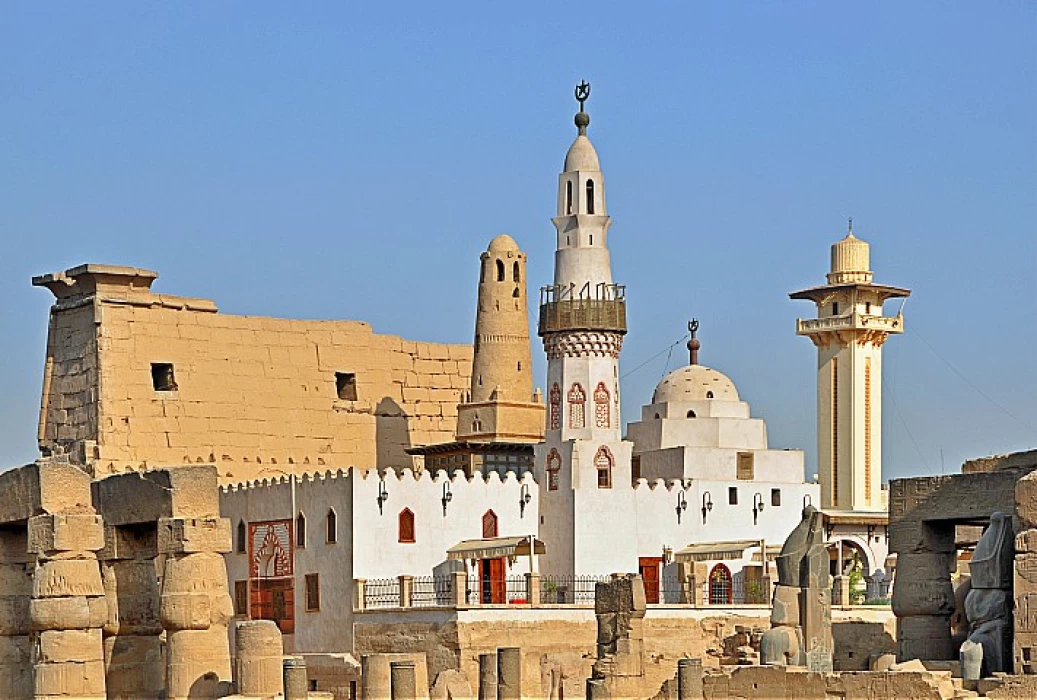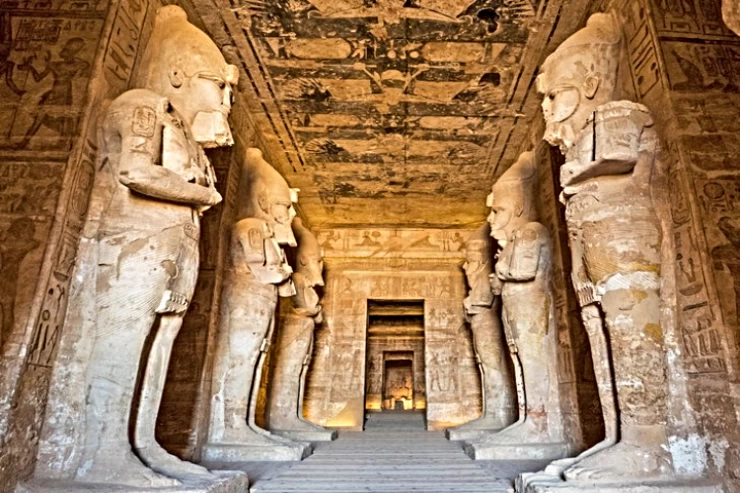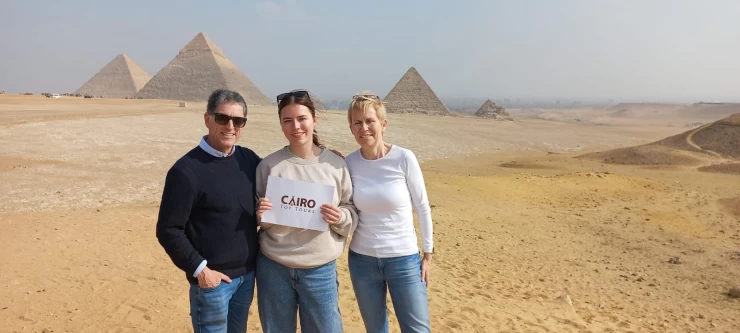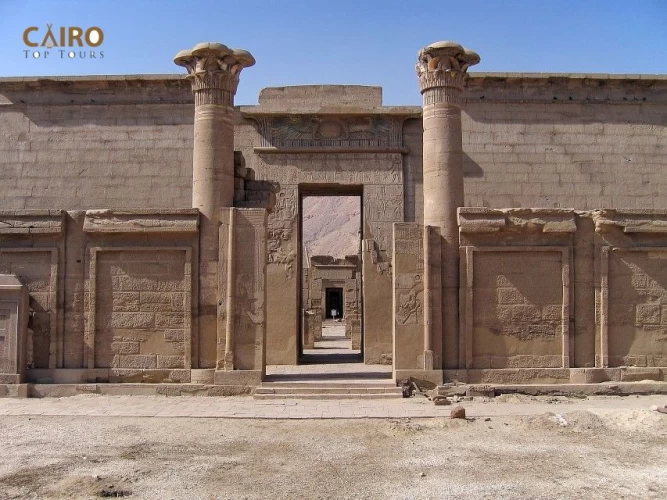
History of Abu El-Haggag mosque, Luxor
Yusuf ibn Abd al-Rahim ibn Yusuf ibn Isa Al-Zahid, known as the father of the pilgrims of Luxor (born in Baghdad in the early sixth century AH .
Birth and upbringing
A generous, well-off family, known for piety and goodness, his father was the holder of a senior position in the Abbasid state. His lineage ends with Isma'il Abu al-fur ibn Abdullah ibn Ja'far Al-Sadiq ibn Muhammad al-Baqir ibn Ali Zayn al-Abidin Ibn al-Husayn ibn Ali ibn Abi Talib.
Abu Al-Hajjaj al-Luxor supervised the Diwan during the reign of Abu al-Fath Imad al-Din Uthman, son of Nasser Salah al-Din al-Ayyubi, then he left official work and devoted himself to science, asceticism and worship, and traveled to Alexandria, where he met the Sufi flags, especially the followers of the Shadhili and RIFA'i ways, and was apprenticed by Sheikh Abdul Razek Al-jazuli, and became his closest disciples and followers.
Then Abu Al-Hajjaj returned to Luxor, met Sheikh Abdul Rahim al-qunai (the owner of the famous mosque in the city of Qena), and resided and settled in Luxor until his death in Rajab in the year 642 Ah (December 1244 ad) during the reign of the righteous king Najm al-Din Ayyub at the age of over ninety years, and was buried in a mausoleum inside a mosque named after him built over the ruins of the Luxor Temple.
His teachings and writings
He left a scientific heritage, one of the most famous of which is his poetic system of monotheism, which is located in 99 chapters and consists of 1333 verses of poetry.
He used to say, "it is not permissible not to meet the sheikh in his love, for we love the Companions of the messenger of Allaah (peace and blessings of Allaah be upon him), his God, followers, and what we have seen, because if the image of beliefs appears, it does not need the image of people". One day he was told: "who is your elder?" He said: "Shaykh Abu Ja'ran (meaning Ja'al), and they thought he was joking, and he said:" I'm not joking, "and he was told:" How?"He said:" it was one of the nights of winter, two nights, and if my father, a scarab, climbs the lighthouse of al-Saraj and slips because it is smooth and then comes back, I counted seven hundred slips on him that night and then he comes back tirelessly and I marveled at myself, so I went out to the morning prayer and then came back, and if he is sitting on top of the lighthouse next to the wick, I took from that what I took", that is, he learned steadfastness with grandfather.
Celebrating his birth
A birthday is held for him on the fourteenth of Sha'ban every year, and this celebration (called the "Abu Al-Hajjaj cycle") carries a special character, Customs and legacies dating back to pharaonic times and similar to the rituals of the ancient Egyptians celebrating the god Amun.
Description of the mosque
The construction of the mosque dates back to the Ayyubid era; it was built in 658 Ah (1286 ad), and it is built on the northeast side of the Luxor Temple, above the exposed courtyard of the mosque. The mosque in its architectural form resembles the ancient Fatimid mosques, it is a small square space, covered with a wooden roof. The height of its entrance is 12 meters, it is devoid of geometric, floral motifs and calligraphic paintings known in Islamic architecture, the mosque is topped by a strip of balconies built of red brick.
The two minarets
The mosque of Abu Al-Hajjaj Luxor, its two minarets look: the old one to the right, the new one to the left. On the far right appears a fragment of the buildings of the Luxor Temple. The mosque consists of three floors: the first is Square in shape, the second and third are cylindrical, and at the top is a set of windows and openings and The square bottom is reinforced with wooden columns.
Another minaret was added to the mosque at a later period, and the archaeologists did not consider it an anomaly from the aesthetic form of the building, as it took into account the architectural character of the place, and one of the most important contents of the mosque is the dome that covers the mausoleum, which is made up of an irregular dimensional base, and is inserted until it reaches the round shape of the dome.
Expansion and restoration of the mosque
In 2009, restoration work was completed in the mosque, which took two years under the supervision of the Supreme Council of Antiquities, and cost seven million Egyptian pounds. the new architecture included the expansion of the prayer square, strengthening the dome, and changing the roofs, after the mosque was subjected to a fire in June 2007. During that restoration, the walls of the temple were revealed, which were painted with paints covering the monuments, and when removed, columns and lintels appeared with ancient Egyptian writings dating back to the era of Ramses II.


















